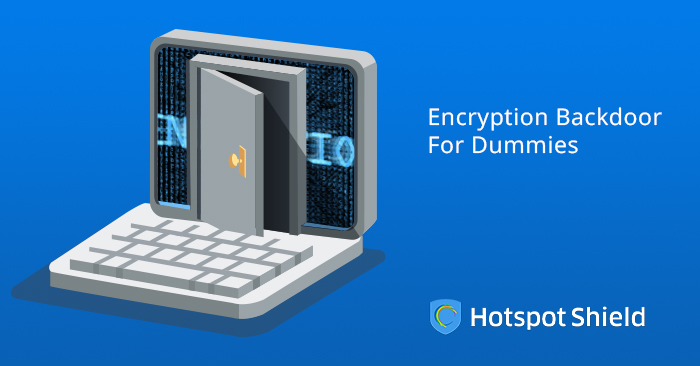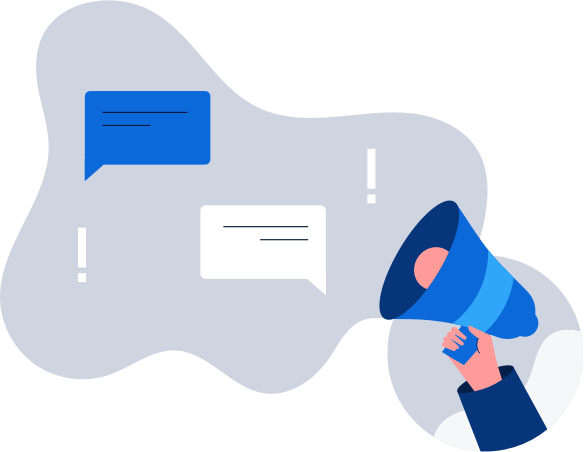How to get a Finnish IP address
The easiest way to improve your digital privacy is to switch your IP address using a VPN. We’ll …


Encryption backdoors have hit the headlines recently as the representatives in the United States and British governments call for these measures to protect their nations from terrorism and other threats. However, many technology experts fear that installing the encryption backdoors intended to make our society safer could actually compromise personal and national security. It can sometimes feel like you need a technology degree to keep up with the debate, so we’ve put together this backdoor encryption guide for beginners.
Encryption is the process of encoding and decoding messages so they’re viewable only to authorized individuals and groups. This process has been used throughout history, but it’s become much more advanced in the digital age. Previously encryption systems needed to be simple enough for humans to decode. However, today we rely on computers to decode messages with highly sophisticated encryption.
Encryption backdoors bypass the usual method of authentication, thereby granting access to people who are not authorized to have it. An encryption backdoor either allows an unauthorized person to guess the encryption access key or use a skeleton key for access. It might be installed in software, on a website, or on a device, such as a smartphone, for example.
Government representatives say that encryption is a terrorist weapon, and one that encryption backdoors would allow them to fight against. They argue that encryption backdoors would allow them to monitor the activities of terrorist cells by viewing encrypted emails or instant messages sent online.
“If we find evidence of a terrorist plot… and despite having a phone number, despite having a social media address or email address, we can’t penetrate that, that’s a problem,” President Obama declared.
Government officials also insist that encryption backdoors could be kept secret and that they are complex enough to minimize the risk of unauthorized usage.
Government representatives argue that encryption backdoors will help them infiltrate terrorist circles. However, as Apple chief executive officer Tim Cook commented at the Wall Street Journal’s tech conference WSJD Live, “You can’t have a backdoor that’s only for the good guys.” In other words, if encryption backdoors can allow the “good guys” to enter a space that was previously locked, it stands to reason that they could also permit entry to the “bad guys,” such as hackers and other cybercriminals, too.
Cook’s view was supported by a paper published by the Massachusetts Institute of Technology, which states that the kind of encryption backdoor access some government agencies seek “will open doors through which criminals and malicious nation-states can attack the very individuals law enforcement seeks to defend.”
You might think of the Internet as a neighbourhood of houses. When people use encryption, they lock their doors and ensure only trusted people have copies of their keys. That way, they know they’re keeping undesirable people, such as thieves and vagrants, out. But with encryption backdoors, the homeowners lose the ability to control who has the keys. More people can access the house through this backdoor. This compromises the security of individual houses, and indeed the entire neighbourhood. When you understand this you realize how encryption backdoors could make the Internet less safe for all users.
It’d also be naïve to believe agencies would restrict their monitoring to terror suspects. In December 2015, hardware and software development firm Juniper reported an encryption backdoor dating back to 2012 was found in its software. This backdoor let anyone who knew about it read traffic encrypted by its virtual private network software. It’s thought that the National Security Agency created the backdoor, which was then exploited by Chinese or British authorities. It’s unclear who installed this backdoor, or its intended purpose.
It’s also important to remember that despite what government officials say, encryption isn’t only a terrorism tool. It’s what keeps our details safe when we pay for things online or use Internet banking. It’s what protects our privacy when we’re using public Wi-Fi. Can you imagine a world where you couldn’t confidently use encryption for these purposes safely?
One of the best ways to protect yourself from the security threats inherent in encryption backdoors is to use a virtual private network, or VPN, from a trusted brand like Hotspot Shield. Known as “the world’s most trusted privacy solution,” Hotspot Shield has been downloaded more than 400 million times on Windows, Mac, Android and iOS devices.
A VPN like Hotspot Shield creates an additional protective encrypted layer around your online activities. That double layer of protection ensures your sensitive data is kept safe, even if an encryption backdoor has weakened security — so you can breathe easier when you’re shopping online or paying your bills. It’ll also allow you to browse and chat anonymously so you needn’t worry about those government agencies spying on your online activities.
Encryption backdoors could be powerful weapons against terrorism, but they can also be easily abused. If you’re concerned about encryption backdoors, it makes sense to protect yourself and your information with a virtual private network from Hotspot Shield.
Hotspot Shield Free version comes by default with the US Virtual Location and a limited access to streaming content. When you upgrade to Hotspot Shield Elite (premium version starts at $2.08/month), you get instant access to 15+ virtual locations, faster speed, unlimited bandwidth and the ability to activate your licence on up to 5 devices simultaneously. So all the family members can browse privately at the same time!
